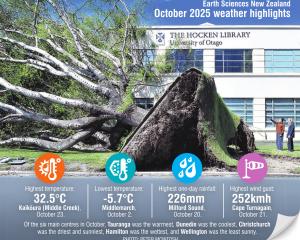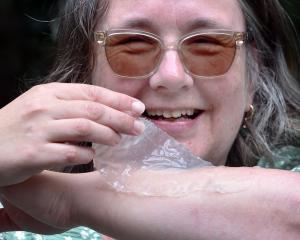Department of Conservation coastal Otago biodiversity supervisor Jim Watts said the chick ended up in the water between Pukekura and Aramoana Mole.
"With the tide coming in, the chick floated further into the harbour towards Te Ngaru, so we sent out the Doc boat to retrieve it and return it to the colony."
He said it was common for chicks to fail their fledging flight and Doc staff would usually leave the chicks to try again and take off from the water.

However, yesterday’s rescue was sparked because of the incoming tide and light winds, which were making it harder for the chick.
"When the toroa could get into trouble, such as [yesterday] ... we head out to pick them up and take them back to Pukekura.
"We put a lot of effort into getting the chicks through to fledging, so don’t want to see them fail at the last hurdle."
As of yesterday, 15 chicks had fledged, and the colony was on track for a "very successful season". Once the chicks fledged, they spent the next four to eight years at sea before returning to find a mate and join the breeding colony.
Te Poari a Pukekura chairman Bill Karaitiana said ensuring a successful season was never easy.
"When the weather is cruel and the chicks are inexperienced in flight, our people are there to help the chicks persevere."











